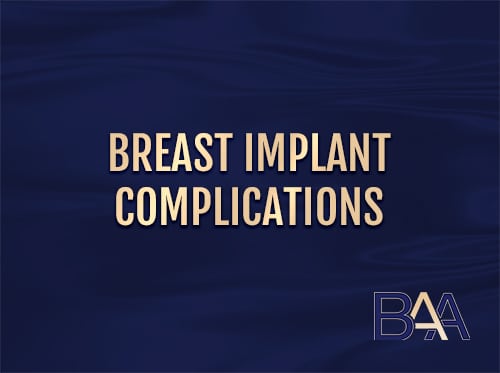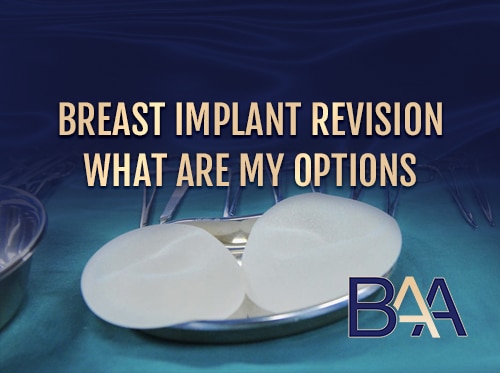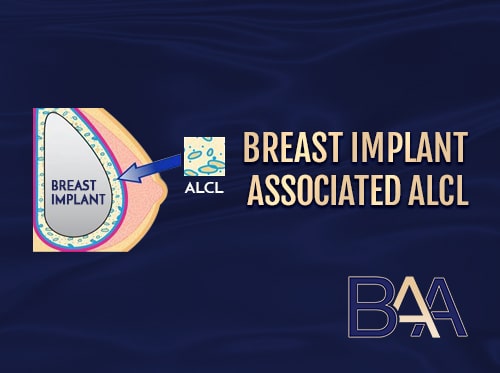Latest Advancements in Breast Implant Technology
Since breast augmentation procedures were introduced, breast implant technology has improved significantly. Unlike in the past, when women seeking breast surgery had limited options, now women have a wide range of better options. Technology advancement ensures women have more durable and safer customised implants.
Are you looking for reconstruction or Breast augmentation in Sydney? Worry no more. In this article, we look at the latest advancements in breast implant technology for reconstruction and breast augmentation.
Ideal Breast Implant
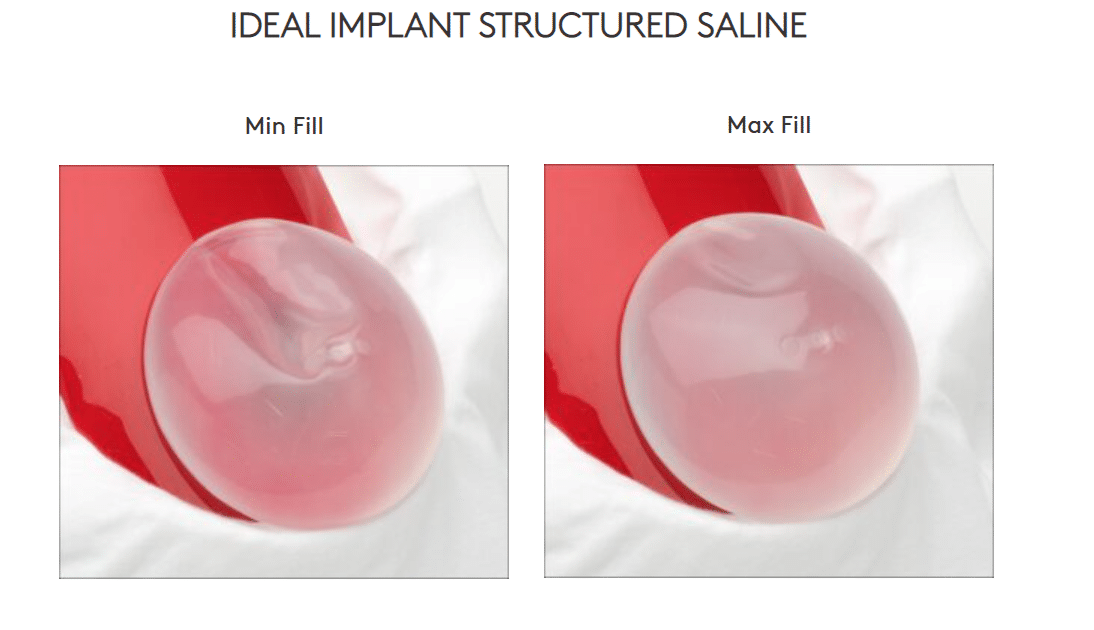
Ideal breast implant (currently not available in Australia) is a unique two-chamber saline-filled breast implant with a silicone-like feel and look. The implant is made of nested implant shells separated by baffle shells.
Ideal Implant’s innovative design that ensures the implants conform to the breast shape, providing a more stable form and fewer folds and rippling. A surgeon can comfortably adjust the volume of saline in each chamber to offer more customization on the desired size and shape.
Gummy-Bear Implants
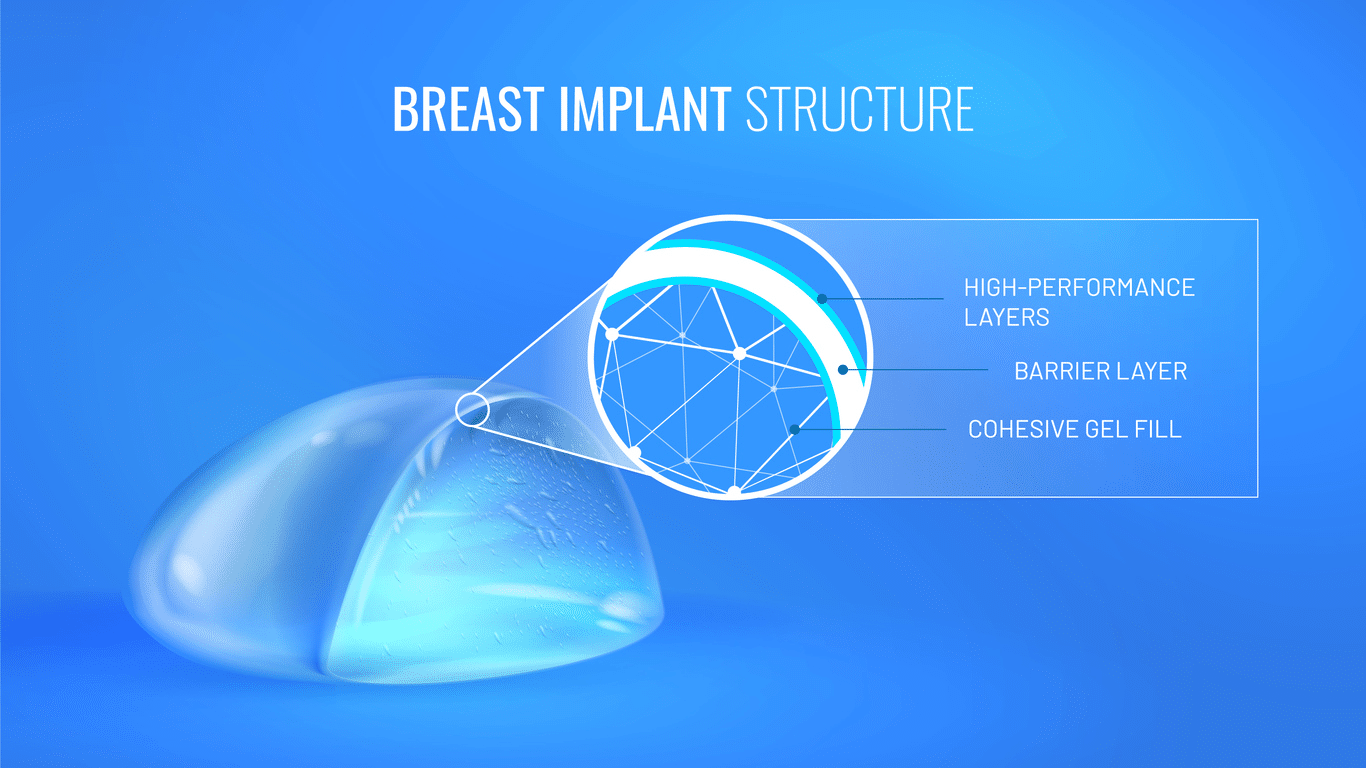
Gummy-bear breast implants are filled with highly cohesive silicone gel and can be round or teardrop. The Gummy Bear implants are form-stable, maintaining their shape even after the breakage of the implant shell.
A teardrop gummy bear breast implant shape imitates the shape of natural breast tissue. Anatomical Gummy Bear implants have a thicker bottom that decreases towards the top, giving the implant a teardrop shape. In addition, the implant contains a more viscous silicone gel that helps it maintain its shape and feel firmer. The thicker shell also prevents leakages or rapture, increasing the implant’s safety and durability.
Round gummy bear breast implants have a round shape.
Gummy Bear implants have their share of limitations. The incision made to insert the implant is bigger than traditional silicone implants due to the implant’s thicker silicone gel. Gummy Bear implants also cost more than other breast implant types.
Keller Funnel
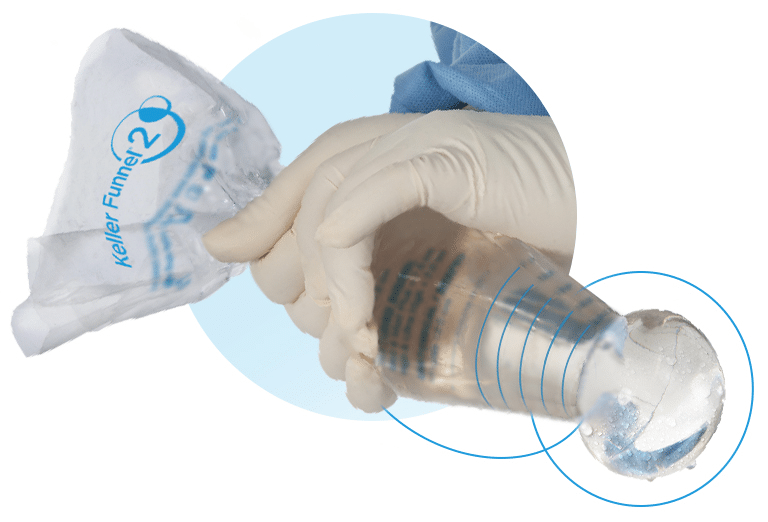
Keller Funnel is a surgical tool used in breast augmentation, allowing easier breast implant insertion. It’s sterile, cone-shaped, and made of low-friction material. Plastic surgeons and breast surgeons use the device to insert implants into breast pockets preventing direct contact between the implant and the breast tissues.
Keller Funnel reduces the risk of capsular contracture and surgical infections of the breast tissues. The tool reduces the pressure and force used during traditional insertion methods. This reduces trauma to the patient. In addition, it reduces the size of the incision the surgeon makes for the procedure. Small incisions are less visible and heal faster.
Fat Transfer Technique
The fat transfer technique, also known as autologous fat grafting, is an innovative approach to breast augmentation that utilises the patient’s own fat cells to enhance the breasts. The technique involves using liposuction to harvest fat from other body parts like the thighs or abdomen and inject it into the breasts.
The fat is carefully processed to purify and prepare it for injection. Once the fat is ready, it is strategically injected into the breasts to achieve the desired shape, volume, and contour.
The procedure provides a natural alternative for women seeking natural-looking breast enhancements without implants. The fat transfer technique provides a moderate breast size increase.
Plastic surgeons can also use the technique to enhance existing implants, creating a more natural look. However, the fat transfer technique poses a longer recovery time.
Wait, there is more! Not all individuals are suitable candidates for this procedure. The patient must have adequate donor sites to have a successful fat transfer. The amount of fat that can be successfully transferred also varies from one person to the other. It is important to note that one may need to take multiple sessions to achieve the desired results.
That said, it is essential to consult a FRACS surgeon experienced in fat transfer to check if you’re a suitable candidate before making a decision.
3D-Printed Implants
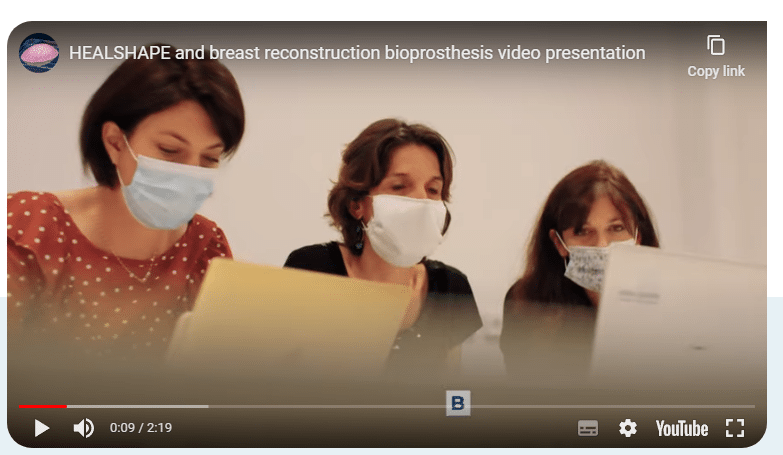
Silicone breast implants are associated with a couple of breast implant-related complications. Different manufacturers have used tissue engineering to combat this, creating better and safer implants. 3D-printed implants differ depending on the manufacturer and new technology used.
This technology is still in the development stage, so not available to Australian patients yet.
One type of 3D-printed implant is the Healshape implant, printed using hydrogel. The implant is made from a porous biocompatible polymer that allows new breast tissue and blood vessel growth. After implant injection, it takes 6-9 months to be absorbed by the newly formed tissue. The implant is customisable, providing a natural look and feel. The surgeon can incorporate fat grafting techniques to enhance the natural look and feel.
Another type of 3D-printed implant involves using a degradable biopolymer 3D-printed cage. The cage encases a breast flap which grows and fills the cage. During the process, the body tissues absorb the cell leaving regrown breast tissues in place.
One significant advantage of 3D-printed breast implants is their ability to be highly personalised. Every implant is ideally tailored to the patient’s specific measurements. This ensures there is a better fit and aesthetic result. The surgeon can create a detailed 3D model of the patient’s breast using advanced imaging technology, such as MRI and CT scans. This model can later be used to design and print the implant, considering shape, size, and projection.
As far as it sounds good, there is one key thing we need to note here. 3D-printed breast implants are still considered a relatively new technology, and further research and clinical studies are required to evaluate their long-term safety and effectiveness.
Perforator Flap Procedure
The procedure involves transferring a skin flap, blood vessels, and fat from another body part to the breast. The surgeon uses microsurgical techniques to dissect the flap, preserving its blood vessels. The flap is then attached to the chest, and its blood vessels are reattached, establishing blood supply to the flap.
The main types of perforator flap procedures are GAP (gluteal artery perforator), DIEP (deep inferior epigastric perforator), and TUG (transverse upper gracilis). The procedure is customisable and produces natural-looking results since the skin flap comes from the patient’s body.
Perforator flap procedure eliminates the risk of implant-related complications. However, the surgical procedure is highly complex and requires an experienced FRACS plastic surgeon. In addition, patients getting perforator flap procedures will require longer recovery time.
Challenges Associated with Former Breast Implants
Former breast implants, referring to earlier generations of breast implant technology, were associated with several challenges addressed by the new technology advancements in breast implants in Newcastle. The challenges include:
- Longer Recovery Time: Most procedures used in the past resulted in longer surgery times and bigger incisions. These, in turn, translated to longer recovery time.
- Pain: Placement of former breast implants often results in trauma to the implant and the patient, causing pain and discomfort.
- Breast Implant-Related Complications: Former breast implants are associated with a high risk of complications such as capsular contracture, rippling, malposition, BIA-ALCL, and more. The risk of getting these complications is high due to the type of implant and procedure used.
- Less Natural Look: Older implants and procedures provided a less natural breast look and feel. In some implants, you can easily tell the patient had breast surgery.
It is important to note that advancements in breast implant technology, as discussed in the previous sections, have aimed to address these challenges. Newer implants and techniques have been developed to minimise the risk of complications, reduce pain and recovery time, and provide more natural-looking results.
However, it is crucial for individuals considering breast augmentation or reconstruction to have a thorough consultation with an experienced surgeon.
Pros of New Generation Breast Implants
- Natural Look and Feel: New-generation breast implants provide a more natural look and feel. Some implants, like 3D-printed implants, integrate with the breast tissue providing a better natural look.
- Reduced Risk of Complications: Manufacturers of new-generation implants engineered the implants to reduce the risk of breast implant-related complications. Therefore, there’s a reduced risk of capsular contracture, rippling, malposition, breast cancer, and more.
- Reduced Pain: The procedures allow easier implant insertion and lead to small incisions. This reduces the pain and trauma suffered by the patient.
- Shorter Recovery Time: New generation procedures have less recovery time due to the precision and sophisticated tools used.
Cons of New Generation Breast Implants
- New-generation breast implants cost more than former breast implants.
- Some procedures result in longer surgery and recovery time due to their complexity.
- Some procedures are unsuitable for some patients, e.g., the fat transfer technique is unsuitable for many women with less fat tissue.
- Unknown complications may arise as the procedures are relatively new and they may only be revealed over time. This is similar to the discovery of the association between BIA-ALCL and breast implants, which took decades to uncover.
Final Say
Advancements in breast implant technology have revolutionised breast augmentation and reconstruction procedures. Women now have a wider range of options that offer more customisation, durability, and safety. It is essential for individuals considering these procedures to consult with an experienced specialist surgeon like Dr Bernard Beldholm FRACS to determine the most suitable option based on their specific needs and goals.
References
- Kim, S. W. (2019). Prepectoral breast reconstruction. Yeungnam University Journal of Medicine, 36(3), 201–207.
- Colwell, A. S., & Taylor, E. F. (2020). Recent Advances in Implant-Based Breast Reconstruction. Plastic and Reconstructive Surgery, 145(2), 421e–432e.
- Morkuzu, S., Ozdemir, M., Leach, G. A., Kanapathy, M., Mosahebi, A., & Reid, C. M. (2022). Keller Funnel Efficacy in “No Touch” Breast Augmentation and Reconstruction: A Systematic Review. Plastic and Reconstructive Surgery. Global Open, 10(11), e4676.
- Di Luca, M., Hoskins, C., Corduas, F., Onchuru, R., Oluwasanmi, A., Mariotti, D., Conti, B., & Jain, S. (2022). 3D printed biodegradable multifunctional implants for effective breast cancer treatment. International Journal of Pharmaceutics, 629, 122363.
- Perry, D. L., & Frame, J. D. (2020). The history and development of breast implants. Annals of the Royal College of Surgeons of England, 102(7), 478–482.
